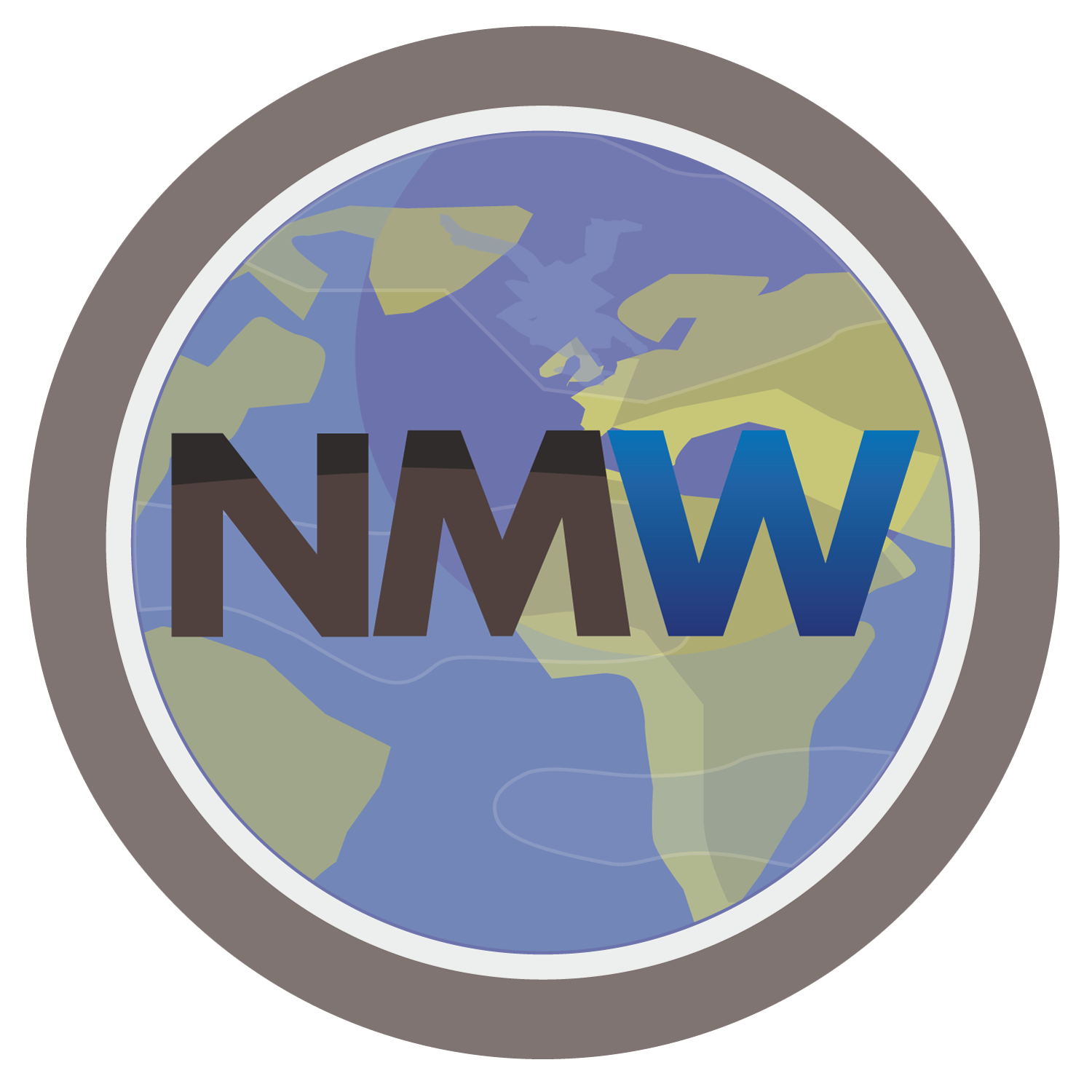This post was written by Garrett Russell.
When traveling afar, one must face an unnerving truth: you can never be too certain what you're eating, nor if it will agree with your stomach. In America, most of what we eat is processed by strict guidelines that prevent us from coming down with something. This is much different in most parts of the world.
Many questions pop up in your head:
Can I drink the water? Was this made with clean hands and utensils? Is this actually chicken meat or some obscure body part now unrecognizable?
Trying interesting foods across the globe, I've attempted to be as careful as possible - popping Pepto, drinking bottled or treating my own water, used hand sanitizer and cleaning my own utensils. But when it comes down to it, I gotta eat. Who knows when something will upset your stomach and give you the infamous traveler's diarrhea.

Thus far in Fiji, I’ve sampled pig kidney, cow heart, liver and intestine, chicken feet, fruit bat and certainly some other random animal bits they didn't tell me about. I ate most of these crazy things in order to try something different [and for bragging rights back at home].
We all know this guy has to eat, and the truth is it's hard to be healthy here.
This village has a number of abundant crops, such as taro, cassava, coconut, pineapple and a number of greens. Wild boar, pigs, cow, chicken, prawns and even bats are hunted or farmed as livestock to be consumed. Add a few seasonal tomatoes, bananas, melon, oranges and passion fruit to the mix, and that is all, folks.
There are no grocery stores within a three hour radius (by car) for quick trips to snag protein bars. Flour and sugar are bought in bulk every few weeks, and the small village shop has a good stock of canned fish and ramen noodles.
As I look at this list, it seems lengthy, but it doesn't add up. Pigs, cows and wild boars are saved for big events, and chickens are not fattened up like they are at home - definitely more bones than meat. One balmy day in December, I ate pancakes for breakfast, ramen for lunch and for dinner more biscuits with taro leaves in coconut cream. The only thing with any nutrients were the taro leaves in the coconut cream, which was full of fats, fiber and some protein. I was full from these meals, but I know I can't continue eating like this and feel balanced.
I know that what I consume directly effects how my body will react to the environment. A poor diet can increase susceptibility to infections and lower the immune system.
After three weeks in the village, Lindsay and I needed a break. We felt weak and unhealthy and allowed ourselves a little R & R to recharge in order to survive the next month and a half. Not consuming foods that we are used to and drinking questionable water was taking a toll on us. We came down with sore throats, headaches, upset stomachs, and diarrhea.
I was quickly tired after playing in the river or hiking in the bush. Our bodies had a hard time fully adjusting to village life. Without breaks, who knows if we would stay healthy enough to give 100% to this project?

Unfortunately, the lack of a healthy diet directly affects the children of the village. The children appear very small in comparison to children back home - much more petite. The lack of protein and nutrients slows their growth, even into their adult years. I sometimes question a child’s age because they look so small.
The only way to improve a child’s diet and habits are through the adults. We have begun teaching the adults about proper nutrition and how to spend their money wisely on the items that are most beneficial for every member of the family.
Every volunteer that visits Nakavika will have to opportunity to purchase food that will give them a balanced diet. Lindsay and I hope that through this example of a healthy diet, many families will learn to diversify their cupboards. Living on white flour, cane sugar and ramen for an entire life span does not allow a person to live life to the fullest. We only hope that the ideas we bring into the village are beneficial and are taken to heart.

